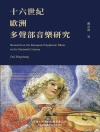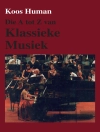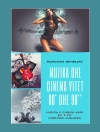During the Cold War, thousands of musicians from the United States traveled the world, sponsored by the U.S. State Department’s Cultural Presentations program. Performances of music in many styles—classical, rock ’n’ roll, folk, blues, and jazz—competed with those by traveling Soviet and mainland Chinese artists, enhancing the prestige of American culture. These concerts offered audiences around the world evidence of America’s improving race relations, excellent musicianship, and generosity toward other peoples. Through personal contacts and the media, musical diplomacy also created subtle musical, social, and political relationships on a global scale. Although born of state-sponsored tours often conceived as propaganda ventures, these relationships were in themselves great diplomatic achievements and constituted the essence of America’s soft power. Using archival documents and newly collected oral histories, Danielle Fosler-Lussier shows that musical diplomacy had vastly different meanings for its various participants, including government officials, musicians, concert promoters, and audiences. Through the stories of musicians from Louis Armstrong and Marian Anderson to orchestras and college choirs, Fosler-Lussier deftly explores the value and consequences of ‘musical diplomacy.’
Mục lục
List of Illustrations
Acknowledgments
Abbreviations
Introduction: Instruments of Diplomacy
1. Classical Music and the Mediation of Prestige
2. Classical Music as Development Aid
3. Jazz in the Cultural Presentations Program
4. African American Ambassadors Abroad and at Home
5. Presenting America’s Religious Heritage Abroad
6. The Double-Edged Diplomacy of Popular Music
7. Music, Media, and Cultural Relations between the United States and the Soviet Union
Conclusion: Music, Mediated Diplomacy, and Globalization in the Cold War Era
Notes
Selected Bibliography
Index
Giới thiệu về tác giả
Danielle Fosler-Lussier is Associate Professor of Music, Ohio State University, and author of Music Divided: Bartók’s Legacy in Cold War Culture.












